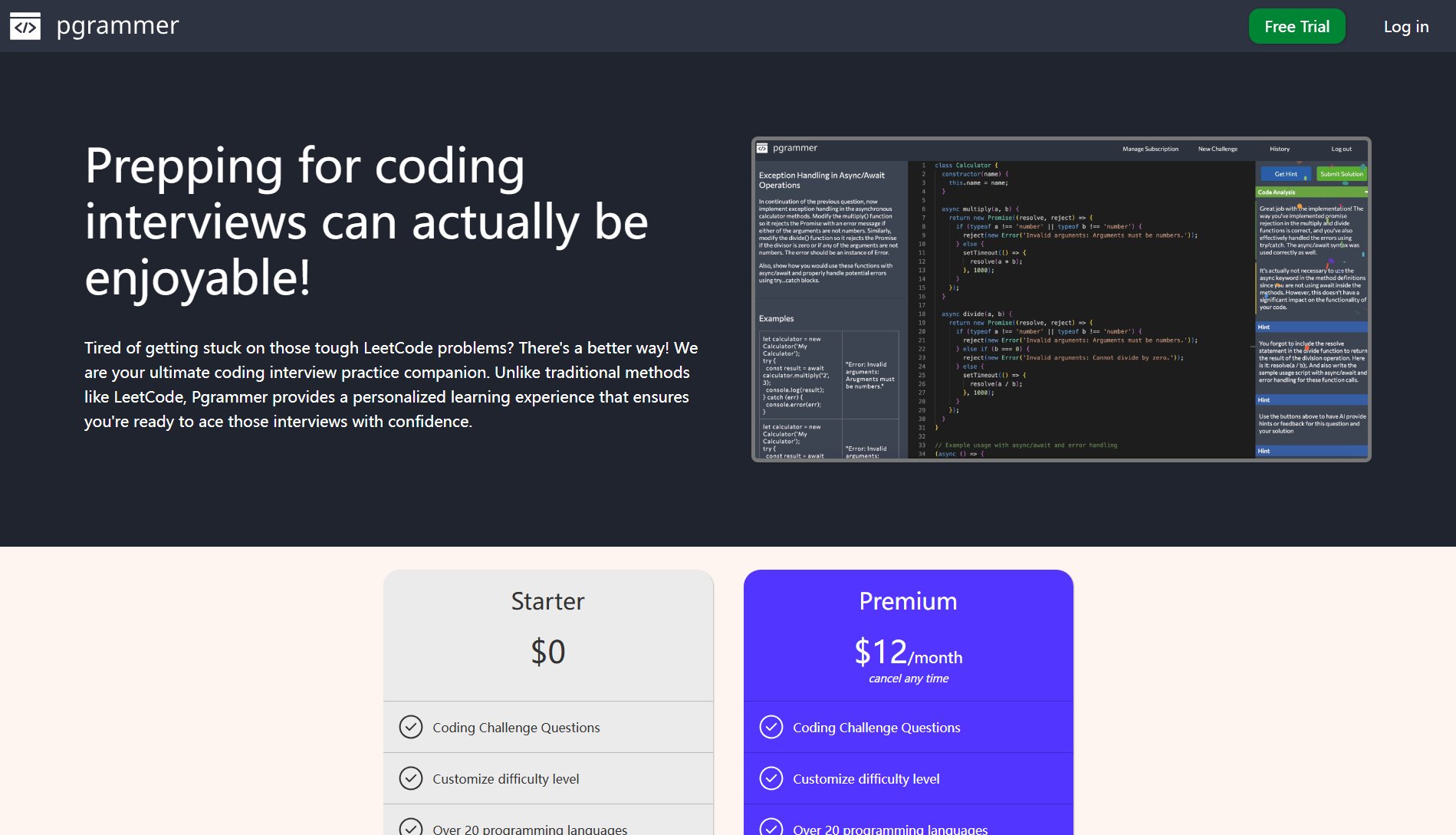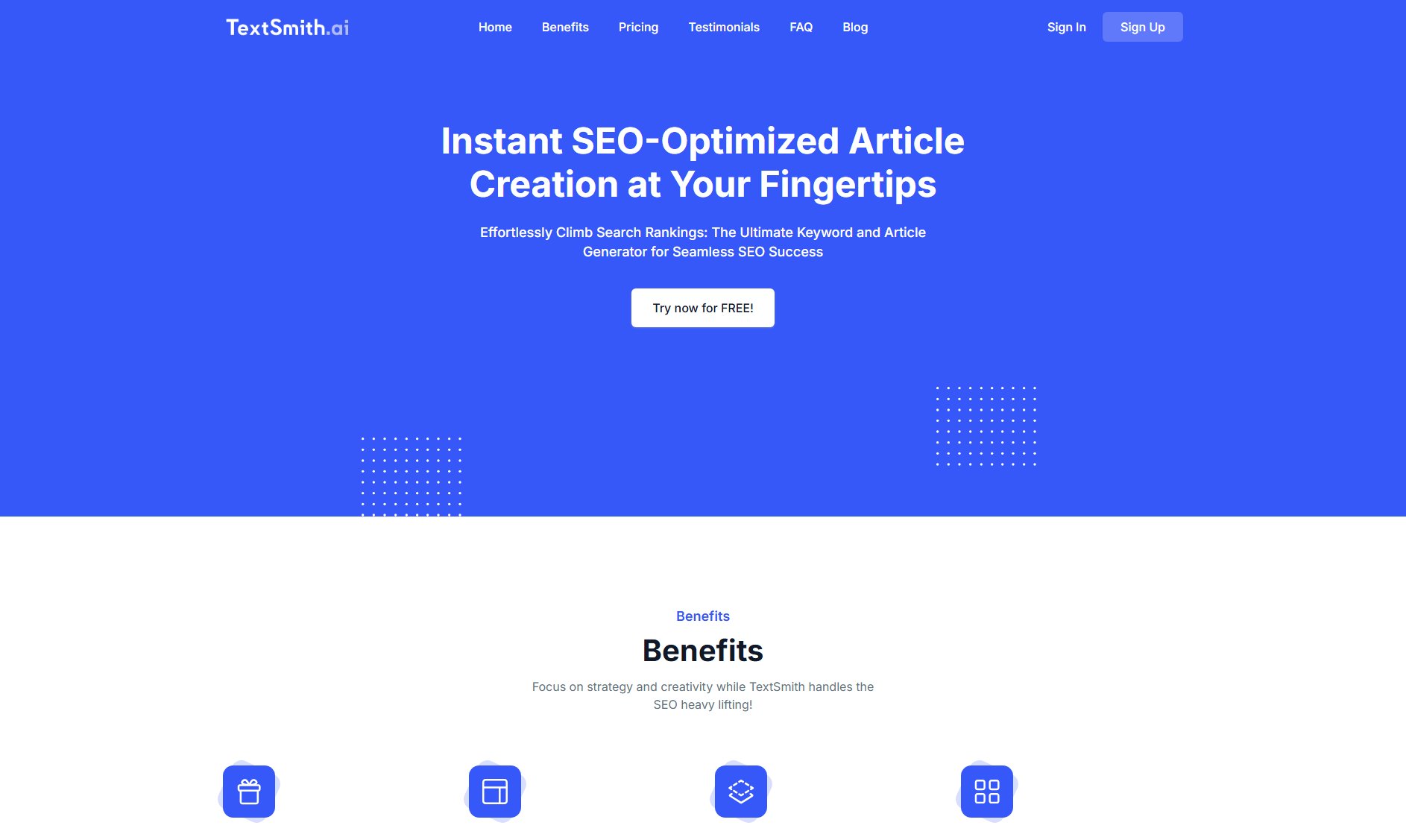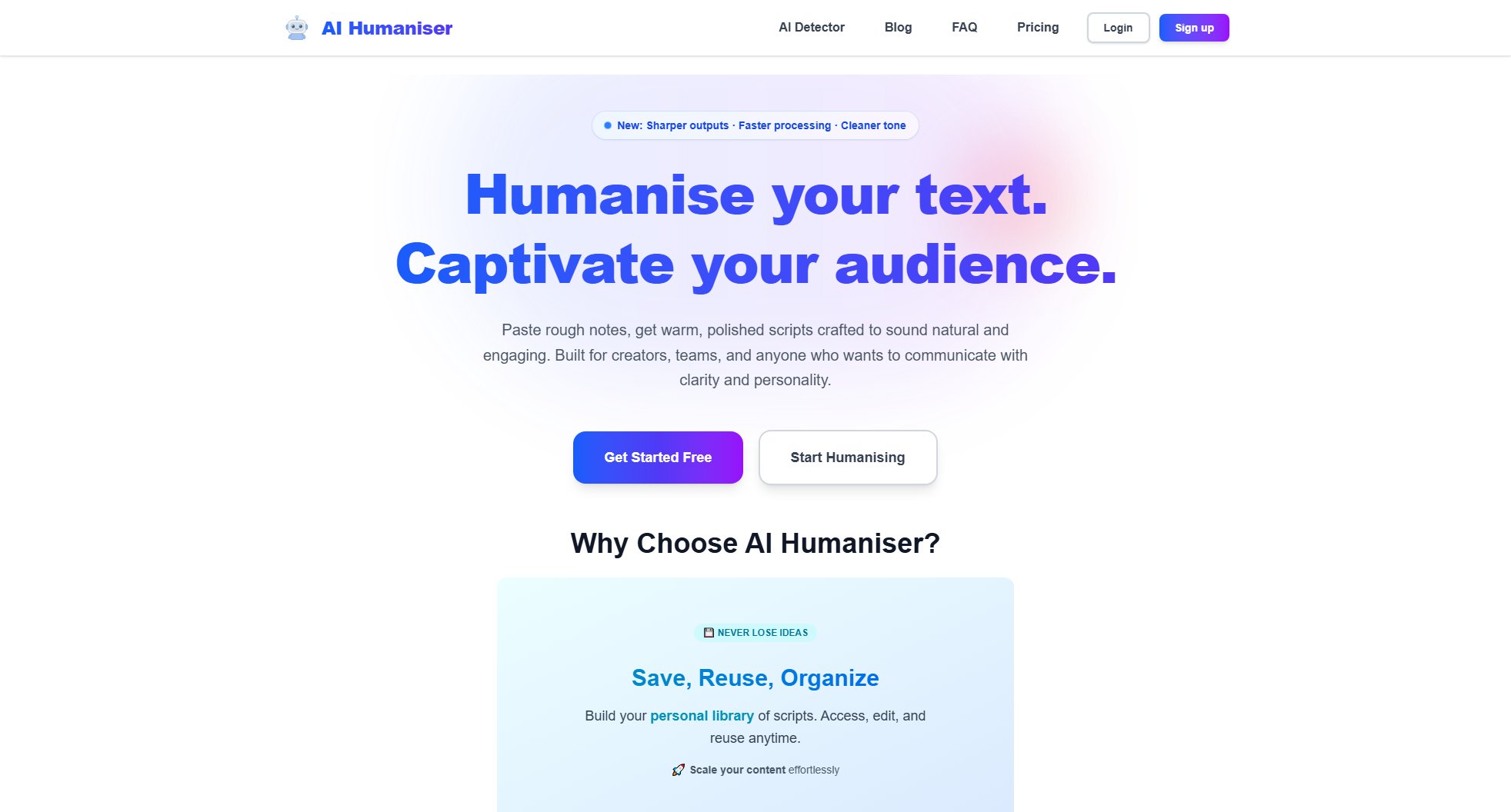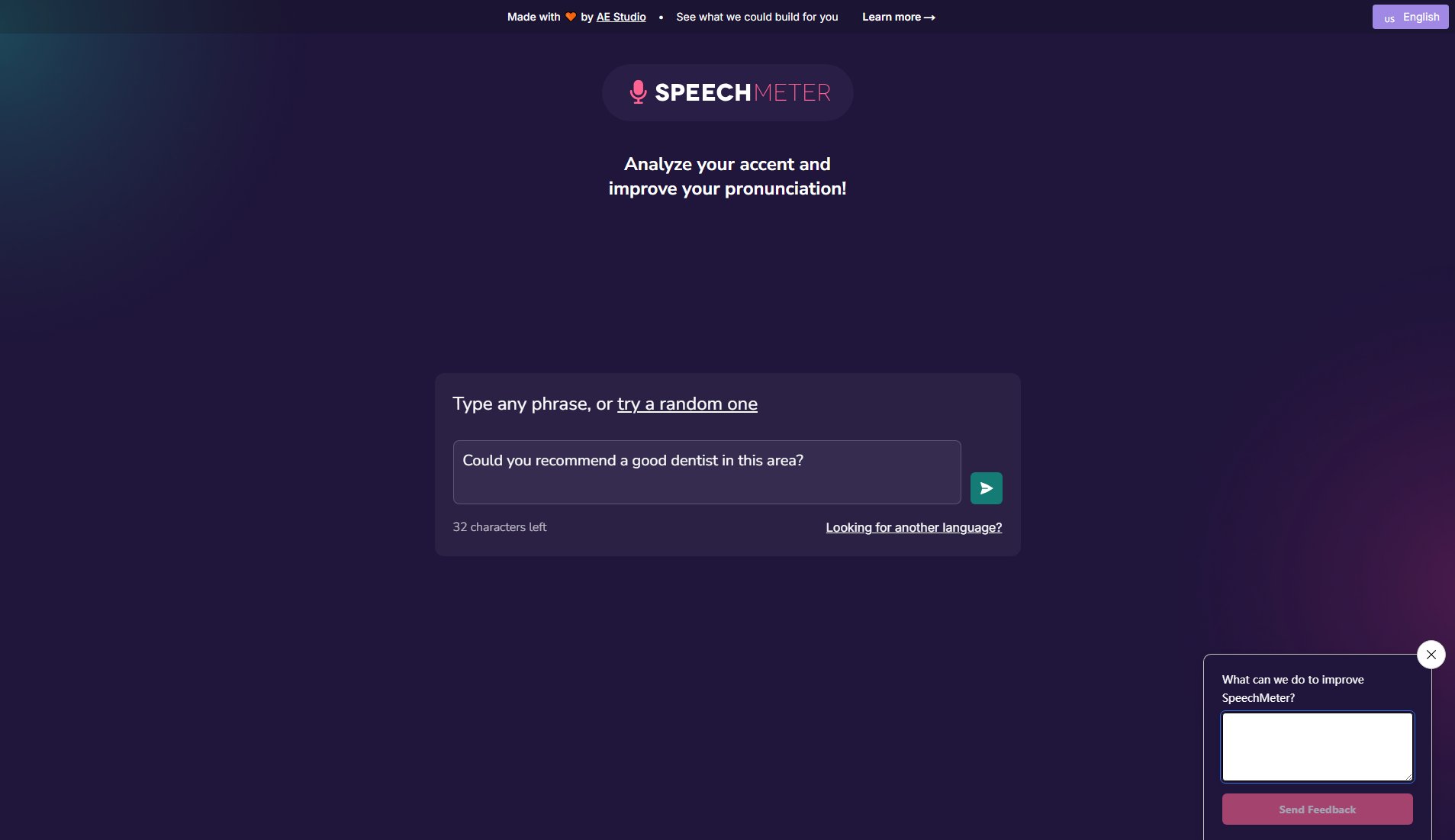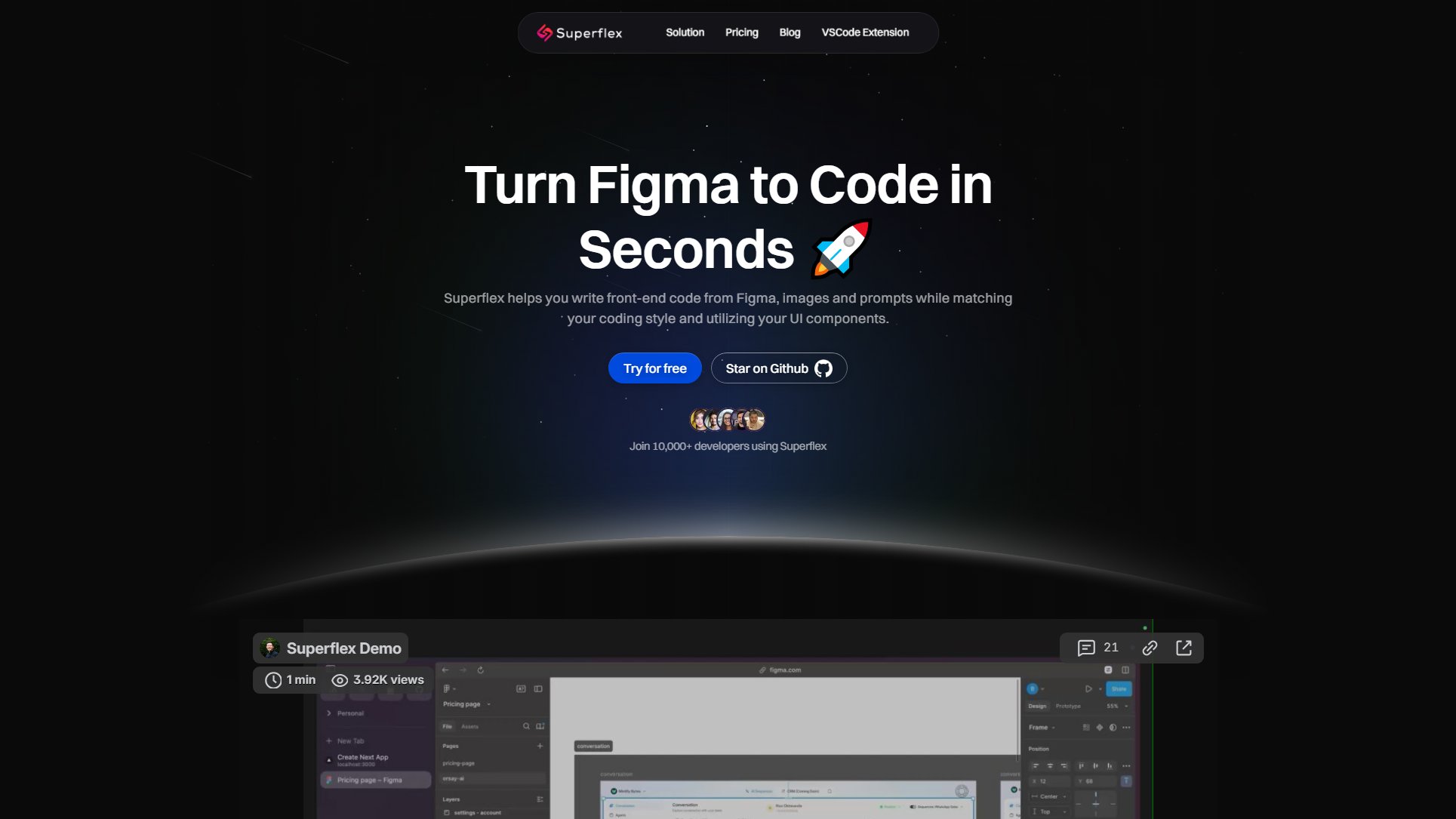Open Paper
Research-Grade AI for reading and annotating papers
What is Open Paper? Complete Overview
Open Paper is an AI-powered platform designed to help researchers, PhD students, academics, and industry professionals read, annotate, and understand research papers more efficiently. It addresses common challenges such as time constraints, information overload, and citation management by providing tools like AI-assisted reading, contextual citations, smart annotations, and audio summaries. The platform is open-source, ensuring transparency and reproducibility, and is trusted by thousands of researchers worldwide.
Open Paper Interface & Screenshots
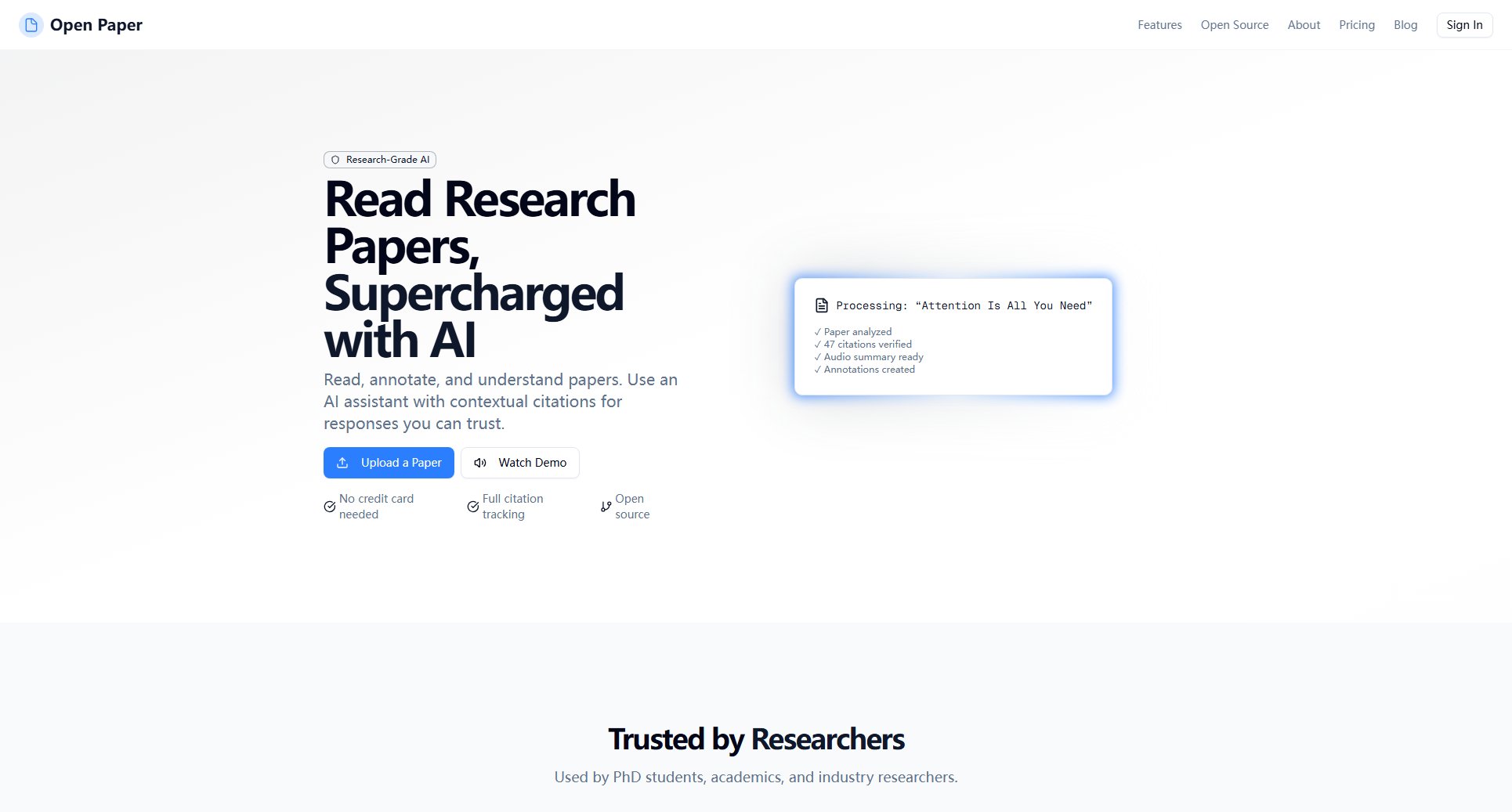
Open Paper Official screenshot of the tool interface
What Can Open Paper Do? Key Features
Deep Reading
Open Paper's split-pane interface allows users to read papers side-by-side with an AI chat, making it easy to ask questions and get instant, cited responses. This feature maintains reading flow while providing context-aware AI assistance.
Grounded Responses
Every AI response includes precise citations that link back to specific sections in the paper. Users can click any citation to jump directly to the source material for verification, ensuring academic integrity.
Smart Annotations
Users can highlight and annotate text seamlessly. Annotations sync across devices and integrate with the AI chat for contextual discussions about highlights, enhancing collaboration and note-taking.
Audio Summaries
Transform dense academic papers into engaging audio summaries. This feature is perfect for commutes, workouts, or any situation where hands-free information absorption is needed, with natural voice synthesis and key insights highlighted.
Discovery
Open Paper's semantic search helps users discover papers that build on their current research. It understands context and relationships between studies, expanding literature reviews with relevant work.
Best Open Paper Use Cases & Applications
Literature Review
Researchers conducting literature reviews can use Open Paper to quickly analyze multiple papers, extract key insights, and discover related studies, saving weeks of manual work.
Academic Writing
When writing academic papers, users can rely on Open Paper for accurate citations and annotations, ensuring proper attribution and reducing the risk of plagiarism.
Collaborative Research
Teams can share annotations and discuss papers in real-time, enhancing collaboration and ensuring everyone is on the same page.
How to Use Open Paper: Step-by-Step Guide
Upload a paper to the platform. Open Paper supports various formats and processes the document to extract key information and citations.
Use the split-pane interface to read the paper while interacting with the AI assistant. Ask questions and receive instant, cited responses.
Highlight and annotate important sections. Annotations sync across devices and can be discussed contextually with the AI chat.
Generate an audio summary of the paper for on-the-go listening. Adjust playback speed and focus on key insights.
Explore related papers using the semantic search feature. Discover new research that builds on your current work.
Open Paper Pros and Cons: Honest Review
Pros
Considerations
Is Open Paper Worth It? FAQ & Reviews
Yes, the Base plan is free and includes essential features like 50 paper uploads and basic AI assistance. Paid plans offer more advanced capabilities.
Open Paper automatically extracts and tracks citations from uploaded papers. Every AI response includes clickable citations linking back to the source material.
Yes, Open Paper prioritizes data security and privacy. The platform is open-source, so users can inspect how their data is handled.
Yes, Open Paper supports both academic and commercial research. Paid plans offer additional features suitable for professional use.
AI responses are grounded in the uploaded paper and include citations for verification. The platform uses advanced models to ensure high accuracy.
